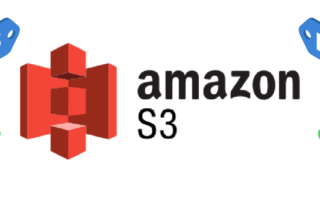Innovative Uses of Tags in Amazon S3
Although we've written about tagging in AWS before, we wanted to drill down on tagging with Amazon S3. To reiterate, tags are metadata elements that you can assign to your buckets and objects. They are key-value pairs that allow you to organize, track, and manage resources more efficiently. Innovative uses of tags in Amazon S3 can bring numerous benefits such as cost savings, improved user experience, and increased security. Let's dig in on innovative uses for tags in Amazon S3.










